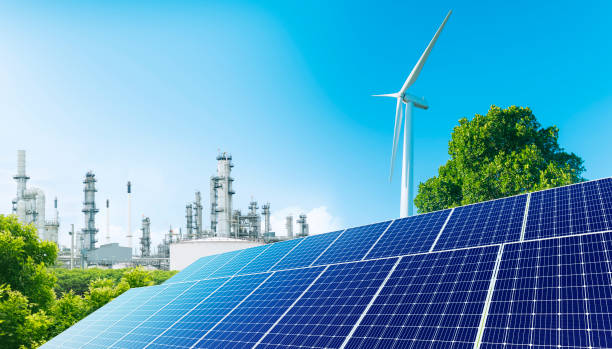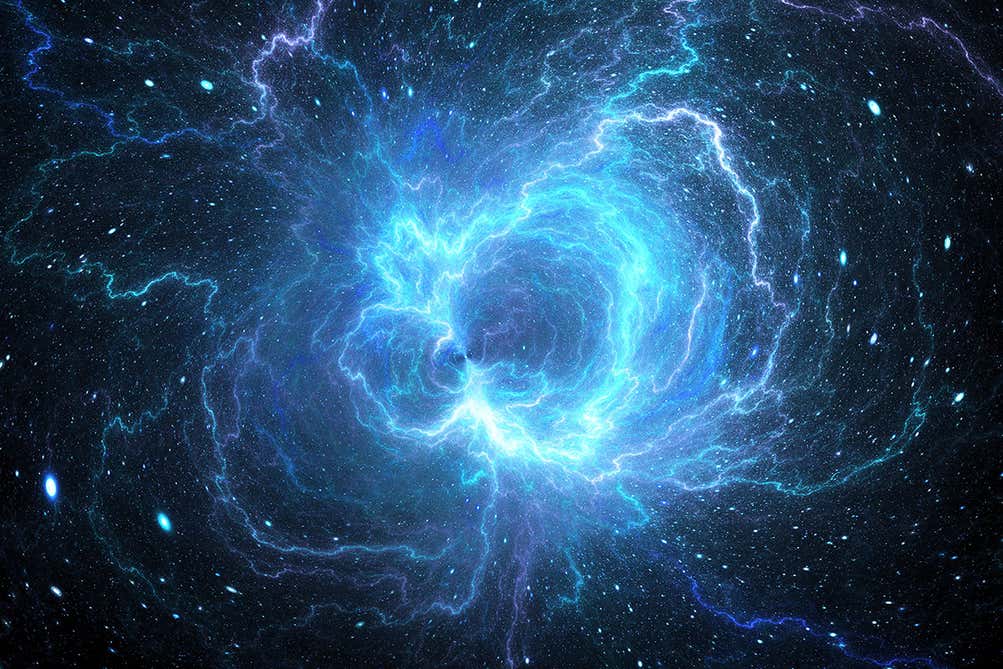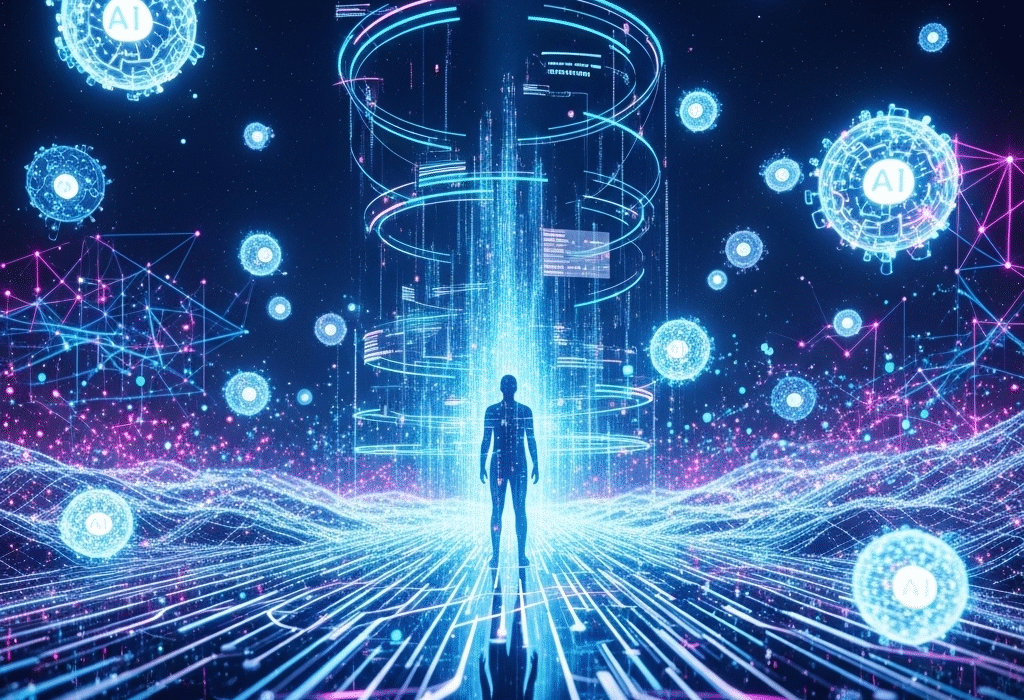The story of energy is, in many ways, the story of civilization itself. From the first flickering fires of prehistoric humans to the vast networks of power grids that hum across modern cities, the ways in which humanity harnesses energy have shaped our societies, our economies, and even our imagination. Yet as the twenty-first century progresses, the trajectory of energy is poised to shift in ways that may seem stranger than fiction. What once seemed impossible—harnessing the forces of the atom, capturing sunlight from space, or drawing power from the fundamental fluctuations of the vacuum—has moved from science fiction into the laboratories of the real world.
Today, the energy landscape faces challenges that are unprecedented in scale. Climate change, driven by centuries of fossil fuel consumption, has forced humanity to confront the limits of conventional energy systems. Resource scarcity, geopolitical instability, and growing demand have intensified the urgency of innovation. Against this backdrop, scientists and engineers are experimenting with ideas that could redefine what energy is, how it is produced, and even how it is stored and transported.
Beyond Fossil Fuels: A Planetary Imperative
For centuries, coal, oil, and natural gas powered the engines of progress. The Industrial Revolution, the rise of global economies, and the expansion of cities all depended on fossil fuels. Yet the consequences of this reliance are now painfully clear. Carbon dioxide and other greenhouse gases trap heat in the atmosphere, warming the planet and altering its climate systems. Sea levels rise, weather patterns destabilize, and ecosystems teeter on the edge of collapse.
In response, renewable energy has emerged not merely as an option, but as an imperative. Solar panels shimmer across rooftops and deserts alike, converting sunlight into electricity with ever-increasing efficiency. Wind turbines spin in rhythmic choreography, harvesting the kinetic energy of the atmosphere. Hydroelectric dams tap the persistent flow of rivers, while geothermal plants draw warmth from the Earth’s interior. Even so, these sources, while clean, are still constrained by intermittency and geography. The sun does not always shine, the wind does not always blow, and rivers do not flow evenly throughout the year. The future of energy, scientists now realize, demands solutions that go beyond merely substituting one source for another.
Nuclear Energy: A Renaissance in the Atom
Nuclear power, often feared and misunderstood, may offer one of the most profound avenues for the future. Traditional nuclear reactors, which rely on fission—the splitting of heavy atomic nuclei—have provided low-carbon electricity for decades, yet they carry risks: catastrophic meltdowns, long-lived radioactive waste, and complex regulatory challenges.
The next generation of nuclear technology seeks to overcome these barriers. Small modular reactors, often no larger than a shipping container, promise safer, more flexible deployment. Thorium reactors, once considered exotic, could produce energy with less radioactive waste. And then there is the tantalizing prospect of nuclear fusion—the process that powers the Sun itself. Fusion fuses light nuclei into heavier ones, releasing energy without the long-lived radioactive byproducts of fission. For decades, fusion seemed perpetually just out of reach, a dream whispered in physics laboratories. Today, advances in superconducting magnets, plasma containment, and laser ignition suggest that controlled fusion may finally become feasible, offering humanity a virtually limitless, clean energy source.
Energy Harvested from the Fabric of Reality
Yet even fusion might not be the limit. The quantum realm opens doors to ideas that verge on science fiction. Physicists have long known that the vacuum of space is not empty but teems with fleeting particles and energy fluctuations. The concept of zero-point energy—a term coined to describe this restless sea of subatomic activity—has inspired speculation for decades. While practical extraction remains theoretical, advances in quantum field theory and nanoscale engineering hint at possibilities once confined to imagination. Could humanity one day tap the energy inherent in the vacuum itself, drawing power from the fundamental structure of the universe? If so, the implications for civilization would be transformative beyond comprehension.
Similarly, exotic states of matter such as Bose-Einstein condensates or topological insulators may someday allow energy to move through materials with negligible loss. Superconductivity, once achievable only at cryogenic temperatures, is now being observed closer to ambient conditions. Such breakthroughs could revolutionize power transmission, eliminating the inefficiencies that currently waste significant portions of electricity between generation and consumption. A world in which energy flows almost frictionlessly, delivered instantly to where it is needed, would feel as though humanity had stepped into a science fiction novel.
The Rise of Artificial Photosynthesis
Nature, often the most sophisticated engineer, provides another blueprint for the future. Photosynthesis—the process by which plants convert sunlight into chemical energy—has inspired scientists to recreate similar systems artificially. Artificial photosynthesis aims to capture sunlight and convert it directly into fuels such as hydrogen or methanol, producing energy-dense molecules without the carbon footprint of fossil fuels.
Unlike traditional solar panels, which generate electricity that must be stored in batteries, artificial photosynthesis creates chemical fuels that can be stored, transported, and used in existing infrastructure. Researchers are experimenting with catalysts derived from abundant elements, mimicking the intricate enzyme networks of leaves. If perfected, this technology could turn deserts into energy-producing landscapes, with vast arrays of chemical “leaves” harvesting sunlight more efficiently than any natural ecosystem.
Energy and the Human Body
The frontier of energy is not limited to the planet; it extends to the human body itself. Biomechanical and bioelectrical energy harvesting explores how the energy of motion and physiology could be converted into usable power. Imagine clothing woven with piezoelectric fibers that generate electricity as you walk, or medical implants powered not by batteries but by the electrical impulses of the body. Energy could be gathered from the very act of living, transforming everyday movement into a source of usable power.
Even more speculative, researchers are investigating ways to integrate energy storage directly into biological systems. Advances in synthetic biology and bioengineering suggest the possibility of organisms engineered to produce fuel or electricity as a natural byproduct of metabolism. While these concepts may seem fantastical, they represent a profound shift in how humans interact with energy—no longer merely as consumers, but as participants in a dynamic, living system.
The Promise and Peril of Energy Storage
One of the greatest challenges of advanced energy systems is storage. Solar and wind are abundant but intermittent; nuclear is constant but centralized; fusion may be continuous but difficult to harness at scale. Batteries have improved dramatically, with lithium-ion technology dominating the present, but limitations in capacity, charging speed, and environmental cost remain.
Emerging technologies suggest radical new approaches. Solid-state batteries promise higher energy density and safety. Flow batteries could store energy in liquid form, easily scalable for grid applications. Compressed air, molten salts, and superconducting magnetic storage offer alternatives that leverage physics in ways unfamiliar to most people. Each of these technologies carries the potential to smooth out the irregular rhythms of renewable energy, transforming a chaotic mix of sources into a stable, reliable system.
At the extreme edge of speculation, physicists consider storing energy in gravitational or kinetic reservoirs on a planetary scale, or even in orbit. Imagine vast orbital batteries, spinning massive flywheels or reflecting solar energy back to Earth. Such visions border on the fantastical, yet they illustrate the breadth of human ingenuity when confronted with the imperative of energy security.
Energy and the Fabric of Civilization
Energy is more than a technical problem; it is the lifeblood of civilization. The availability, distribution, and cost of energy determine the rise and fall of nations, the structure of economies, and the quality of life for billions of people. Historically, shifts in energy have driven social revolutions: the use of coal fueled the Industrial Revolution, petroleum propelled the automotive era, and electricity reshaped modern cities.
The future may be no less transformative. Decentralized energy production—small modular reactors, rooftop solar, local hydrogen generation—could redistribute power from centralized grids to local communities. Advances in transmission could allow deserts, oceans, and even space to become energy-producing regions. Access to cheap, abundant, and clean energy could redefine geopolitics, reduce poverty, and mitigate the existential risks of climate change.
Yet these possibilities carry perils as well. Energy technologies can be weaponized, monopolized, or mismanaged. Nuclear materials, while promising for power, also pose security risks. The pursuit of exotic energy sources may demand extraordinary investments, both financial and ethical, and humanity must navigate these choices wisely.
The Role of Artificial Intelligence
No discussion of future energy is complete without considering artificial intelligence. Machine learning algorithms can optimize energy generation, storage, and distribution in real time. They can predict consumption patterns, manage microgrids, and even design new materials with unprecedented efficiency. AI could accelerate the discovery of catalysts for artificial photosynthesis, control fusion reactors with unparalleled precision, or balance planetary-scale energy networks.
In the coming decades, the fusion of human ingenuity with artificial intelligence may allow us to manipulate energy systems in ways that are unimaginably complex yet astonishingly efficient. Energy could become adaptive, responsive, and predictive, bending seamlessly to the rhythms of human and natural systems alike.
The Ethical Dimension
As energy technologies advance, the moral stakes rise. Who will control these new sources of power? How will they be distributed equitably? How can society ensure that innovations meant to sustain life do not instead exacerbate inequality or environmental destruction? Ethical considerations are no longer peripheral; they are central to the design and deployment of future energy systems.
Scientists and policymakers alike must grapple with these questions. Renewable energy, fusion, artificial photosynthesis, and bioengineered energy sources are tools, not ends in themselves. Their value will be measured not solely by efficiency or output, but by their contribution to human flourishing and ecological balance.
Conclusion: A Future Beyond Imagination
The future of energy is stranger than fiction because it challenges our deepest assumptions about the universe, technology, and the very nature of life. From the power of the atom to the quantum vacuum, from artificial photosynthesis to biomechanical electricity, humanity stands on the threshold of possibilities once confined to imagination.
Yet the strangeness of this future is not merely technical—it is profoundly human. The choices we make now, the investments, innovations, and ethical frameworks we embrace, will determine whether this new era of energy empowers civilization or deepens its crises.
In this unfolding story, the line between science and science fiction blurs, revealing a landscape in which energy is not just a commodity, but a reflection of our values, our curiosity, and our capacity to imagine the impossible. The next chapter of civilization may well be written not with ink or code, but with photons, protons, and the audacious ingenuity of the human mind.
The energy of tomorrow may indeed seem stranger than fiction, yet it is in the very act of pursuing it—undaunted, inventive, and ethically conscious—that humanity will define the trajectory of life on Earth and beyond.






